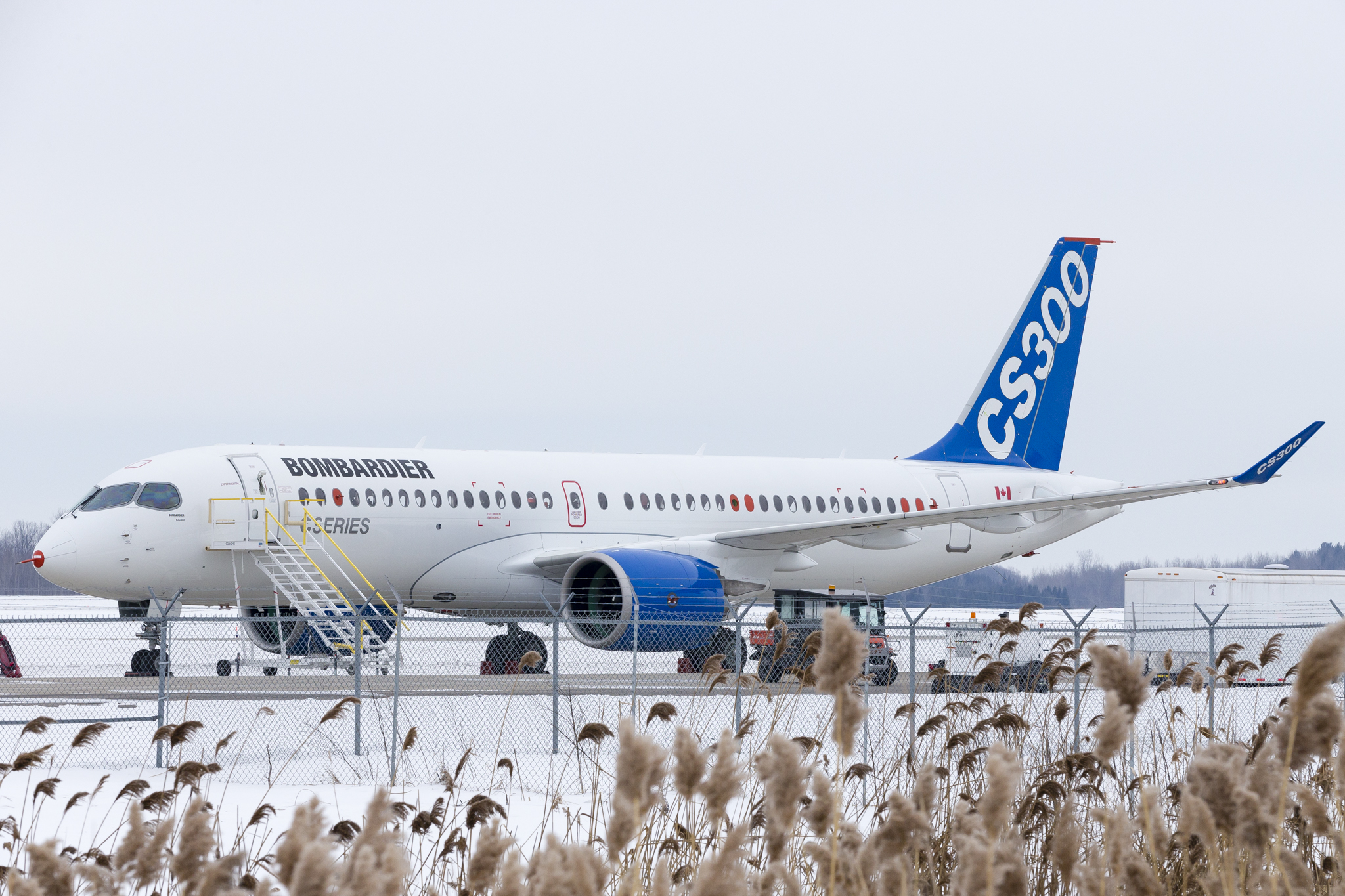Leeham News and Analysis
There's more to real news than a news release.
Pontifications: re-engining airliners and the A380
June 1, 2015, c. Leeham Co. The Paris Air Show begins in two weeks. One thing that won’t happen is the launch of the Airbus A380neo.
We still think it will happen, though at a later date.
Re-engining the A380 is highly controversial. The A380 is the plane critics love to hate. You can argue whether it should have been built in the first place. You can argue whether it was 10 years too soon. You can argue whether Airbus misjudged the size of the market. You can even argue its passenger appeal. I haven’t flown on the A380 yet, so I can’t speak from personal experience on the latter. I’ve previously discussed the other points.
You can argue whether the airplane should be re-engined. Leeham News concluded in January 2014 Airbus really had no choice but to re-engine the A380 if it wants to continue offering the model. If done inexpensively (a relative term, to be sure), it makes sense given the arrival around 2020 of the Boeing 777-9. It’s when design creep happens that trouble arises. Just ask Boeing on the 747-8.
Emirates Airlines says it will buy up to 200 A380neos if Airbus proceeds. Qatar Airways expresses interest. Lufthansa Airlines said a neo is needed to keep the A380 viable in the future, though it hasn’t taken the next step of saying it will buy more.
Re-engining is hardly new. Let’s take a look. Read more
Bjorn’s Corner: Airbus Innovation days, activities and program updates.
Introduction
28 May 2015, C. Leeham Co: I am in Toulouse today attending Airbus Innovation days for Leeham News. It has been a good day’s briefings and I have presented what was perhaps the biggest change since we last met Airbus in the article “Airbus A350-1000 getting real”.
Apart from this program, there were more standard updates on Airbus other activities and programs. Here follows a rundown on these updates in a more paraphrased form.
CFM LEAP-1B enters flight testing
May 7, 2015: The CFM LEAP-1B has entered flight testing on GE’s company-owned Boeing 747. The engine is for the Boeing 737 MAX. Aviation Week has a story and one section in particular caught our eye, as it relates to the controversy over the test results of fuel consumption.
“When we build development engines they are heavily instrumented and built to accomplish extreme test conditions and durability,” he explains. “They are intentionally deteriorated and have open clearances because they are built for the ‘corner point’ in the test effort. We do pre-test predictions and we are within 0.5% of every one, so we are right on track. We fully expect to be right on our commitment as we enter into service.”
Aspire Aviation reported last month that the LEAP-1B was coming up 4%-5% short, a huge number that Boeing immediately denied; CFM declined comment at the time. Airline Economics later reported the same figure. Our information from our sources was conflicting: we were told by one that the shortfall was 2%, a figure we had been hearing for some time and which was characterized as not unusual at this stage; and one other that reported the 4%-5% figure. There it sat. We did a “what-if” analysis of the effect on the MAX at the 2% and 4% numbers.
Last week, we received a clarifying explanation that appears to track with the Aviation Week article and the excerpt above. We were told that the 4%-5% number came from a test stand test in which the tolerances of the engine were much looser than the optimal performance engine. The clearances, we were told, were not to specification–and the result was the 4%-5%.
The higher level game
By Bjorn Fehrm
Introduction
May 4, 2015, c. Leeham Co. The other day one of our readers asked something along the lines, “now that Airbus has the A320neo 20% more efficient than today’s A320, how shall Boeing’s 737 MAX fair in the market? It is only 15% more effective and there are question marks around the LEAP-1B?”
This made me realize that marketing works. I decided to write about the phenomenon that the OEMs seem to find further improvements all the time and how these continually higher improvements seem to work beyond the physical laws as we know them.
The answer boils down to the fact that there is more than meets the eye around how much fuel an aircraft uses to transport people from A to B. In fact, the OEMs’ marketing departments excel within the complexity of the task and can always find a way to say “my mousetrap has now improved another x% and is therefore Y% better than yours”.
To cut through these marketing moves one need a bit of background and first grade math. Let’s see how they do it. Read more
Boeing MOM airliner; market coverage
By Bjorn Fehrm
Subscription required.
Introduction
12 April, 2015: In our study of the options for Boeing’s market study called Middle of the Market (MOM), we could conclude that the most likely aircraft to cover their 200-250 seat 4750nm range requirement would be a seven abreast twin aisle aircraft using their patented new oval construction, thereby saving weight and drag.
After finishing the series, Readers requested that we conclude the work by showing what market segment a family of such airliners would cover and how they would relate to the Boeing 787-8. As it is pretty straight forward to see with our aircraft performance model how much of a range of aircraft variants one can make from one base development of aircraft and engine, we decided to fulfill the wish from our Readers.
We have therefore looked at how far the concept MOM airliner could be stretched and what segment in the market would be covered by it. We also studied how much such a family would encroach on Boeing’s 787 Dreamliner market.
Summary
- A base design such as our proposed MOM dual aisle airliner can typically cover a market of 30-40 seat increments per model.
- Limiting factors are the base models wing area and span, together with engine sizing. Much depends on the engine’s stretch capability.
- A MOM airliner family would compete with the 787-8 for short- and mid-haul traffic, there presenting a more economical alternative. The Dreamliner would have long-haul for itself.



 announced whether it will provide an aerial display as it has at previous air shows, but Qatar may well have more airliners there than Airbus or Boeing.
announced whether it will provide an aerial display as it has at previous air shows, but Qatar may well have more airliners there than Airbus or Boeing.

